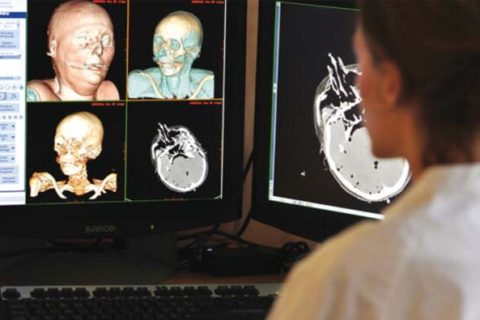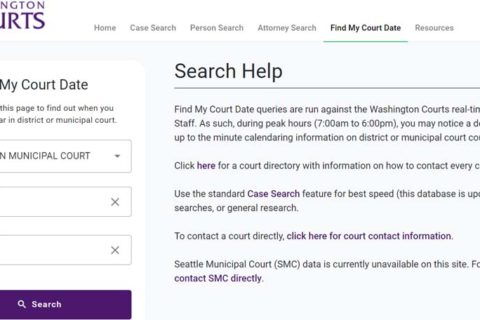As one of the ways to detect evidence of drug use or drug metabolites in a person’s body, a hair follicle drug test is highly considered to be accurate. Due to the large window of time the test can detect, it can be said that the hair follicle drug test is effective in detecting long-term drug use compared to other types of drug tests.
Just like other methods of drug testing, the hair follicle drug test is not perfect at all, and in some cases, results indicate “inconclusive.” Of course, there are some issues that can potentially impact the accuracy of the drug test result. Okay, let’s find out what problems with hair follicle drug testing below!
What Are the Problems with Hair Follicle Drug Testing?
Of course, the accuracy of the result can be affected by various factors such as hair composition, environmental exposures, hair color, and the use of hair products. In addition, there are some drugs that are harder to detect in the hair; other drugs may easily attach to the hair, so they could be detected faster.

Even though hair follicle drug testing is considered highly accurate, there are some potential problems and limitations that may arise with hair follicle drug testing, including:
1. Inability to detect recent drug use
Keep in mind that hair follicle drug testing cannot detect if a person uses drugs shortly before the test. Generally, it takes about seven to 10 days for drug use to be incorporated into the hair follicles. That’s why a hair follicle drug test is not appropriate to detect very recent drug use. Alternatively, the examiners can take other types of drug tests, such as urine or saliva tests.
2. Lack of standard cutoff levels
In fact, standard cutoff levels for the concentration of drugs in hair samples are still being determined, even though some organizations have proposed guidelines for the use of hair follicle drug testing.
3. Hard to detect low-level use
Hair follicle drug testing can be performed to detect heavy concentrations in a person’s system and provide a positive result. Of course, it may be hard to detect low-level drug use or misuse using hair follicles for drug testing.
4. Variability in drug incorporation
The level at which drugs are incorporated into the hair follicle will vary among individuals. In this case, the hair growth rate can also affect drug incorporation, which potentially leads to variations in test results. Aside from that, there are some other factors that affect drug incorporation, including:
-
Hair color
Hair color can be one of the factors that may lead to inaccurate or biased drug results. Some drug metabolites, such as methamphetamine, cocaine, and opioids, may bind more easily to melanin in dark hair. So, it leads to a higher concentration in the hair follicle drug test.
-
Hair treatment
In addition to hair color, hair treatments, including shampooing, relaxing, bleaching, and coloring, can really affect the metabolite concentration that is detected. If a hair follicle drug test must be performed, it would be better to take untreated hair from the body for a sample. However, chemically treated hair may not provide an accurate result.
5. Environmental exposure
Environmental exposure to drugs can also affect the accuracy of test results. Even if someone doesn’t use a drug like cocaine, if the person is around, it may cause cocaine molecules to bind to their hair. In addition, some of the smoke or vapor may enter the hair, which leads to a positive test result. Washing a hair sample before a drug test cannot remove drug residue from environmental exposure.
6. Sample availability
It could be challenging to get a hair sample for detecting drug use, especially if the person has very short or even shaved hair. If so, the sample of hair may not be enough for drug testing. In order to prevent inaccurate or false results, it will be better to use some alternative methods for drug testing.
7. Limited detection in the window for infrequent drug use
Hair follicle drug testing will be accurate and effective for detecting regular or frequent drug use over an extended period. Otherwise, it can be used to detect drug use in infrequent situations. The test may be negative or even below the threshold of detection, if the person has used drugs only once or on rare occasions.
8. Difficult to interpret
Hair follicle drug testing would be more difficult to interpret compared to other methods of drug testing. Sure, there are some factors that affect the interpretation of test results. For example, drug metabolites in a person’s sweat can spread down the hair shaft, making it more difficult to determine when drug exposure occurred.
9. False positives
Even though it’s a very rare case, a false positive just might occur for the detection of drug use with the hair follicle test. It may happen due to some factors, such as prescription drugs or over-the-counter medicine consumed by someone who undergoes hair follicle drug testing. Certain medications may cross-react with tests and generate a positive result.
Okay, those are some potential problems that may affect the accuracy of the drug test results. Thus, hair follicle drug testing is still widely used for detecting drug use over an extended period. It’s important to consider these limitations and potential factors. If necessary, you can consult with a medical professional or a testing laboratory for further guidance.

A bookworm and researcher especially related to law and citizenship education. I spend time every day in front of the internet and the campus library.





